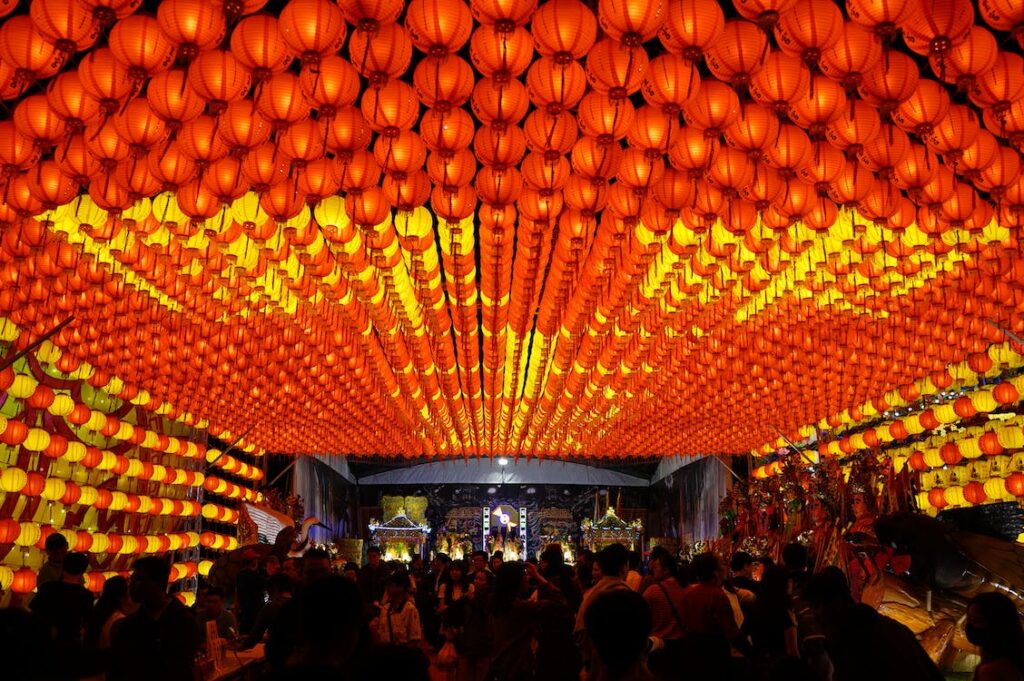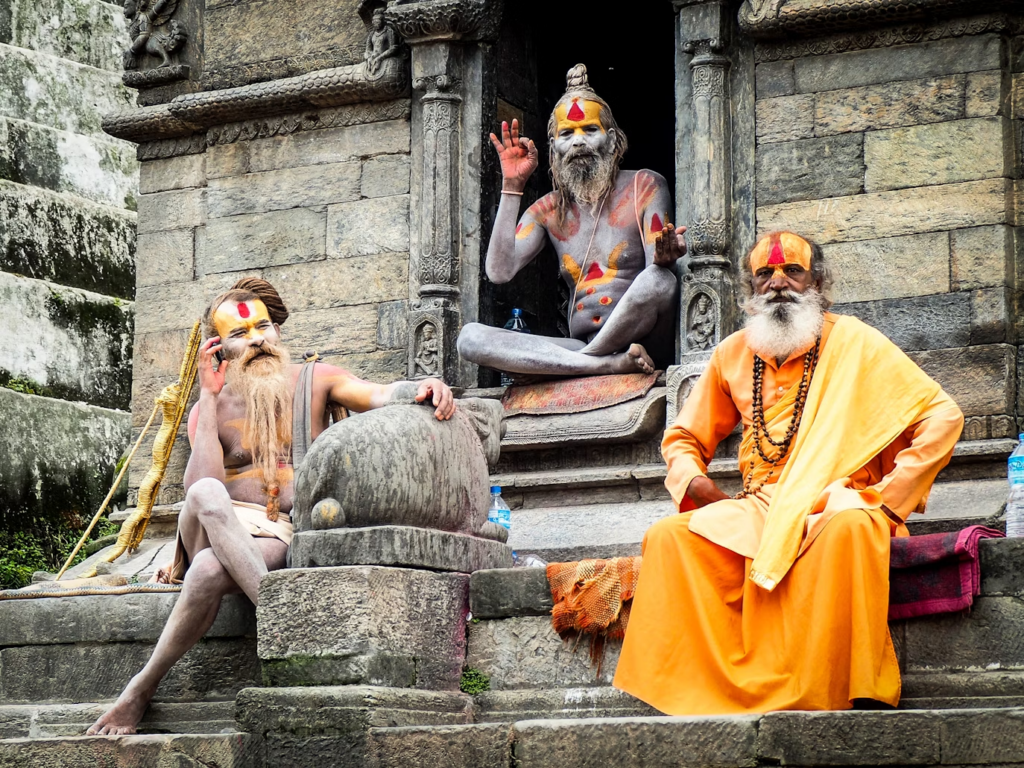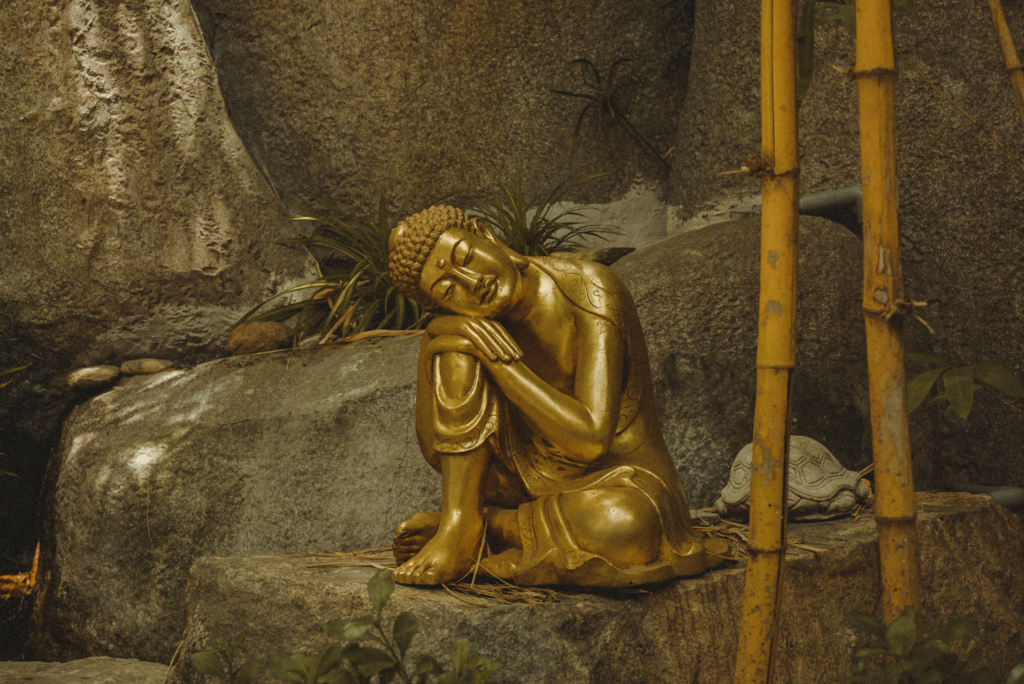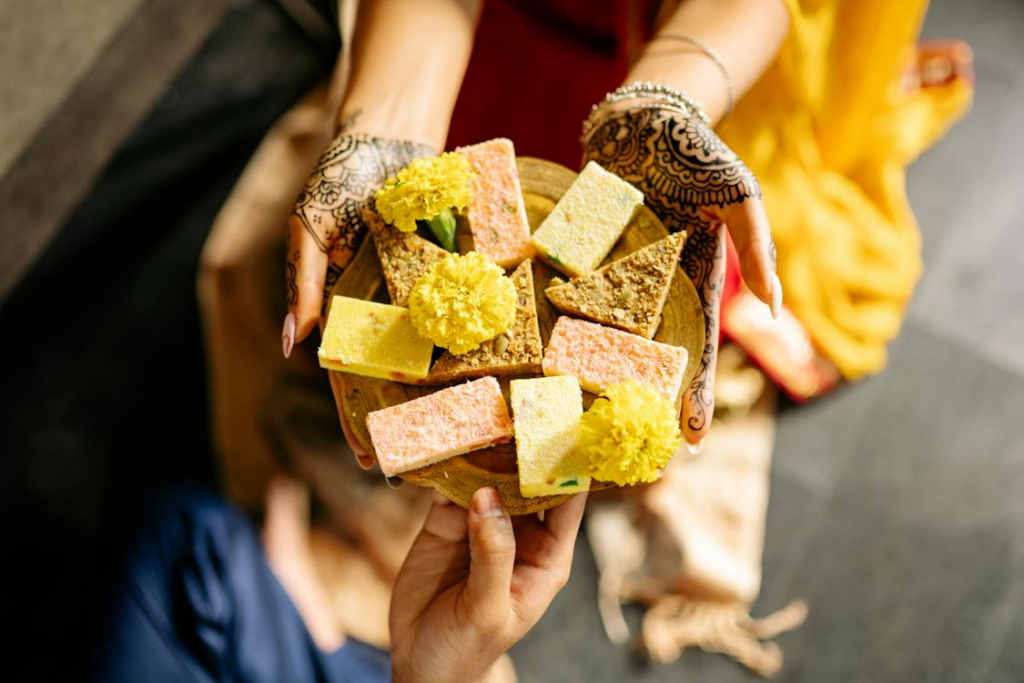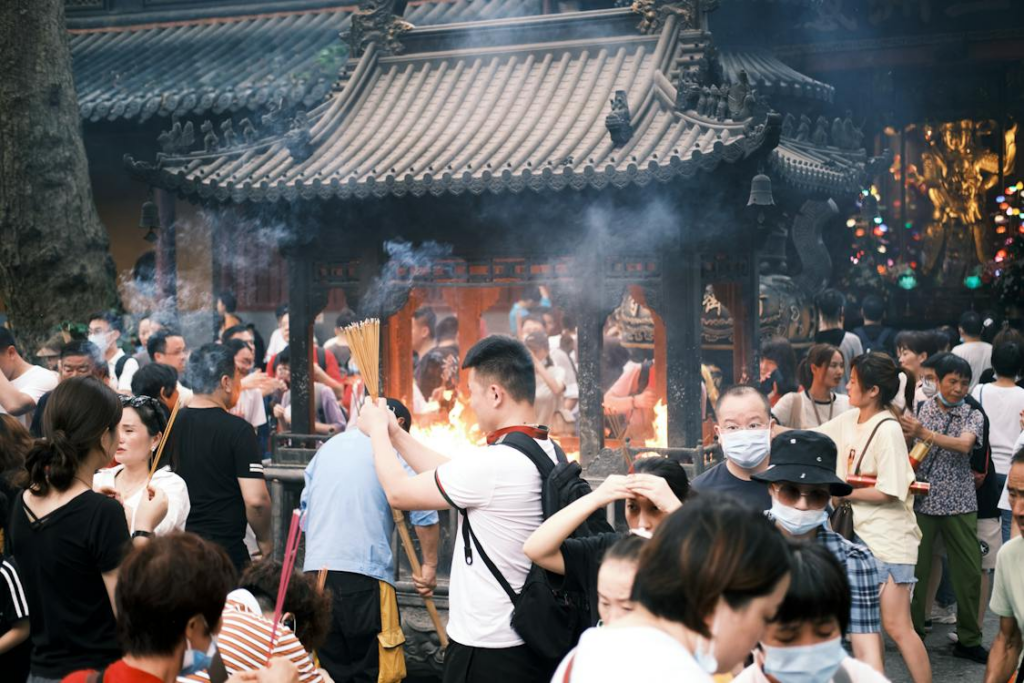"Every symbol of Lunar New Year, from the color red to dragon dances, carries deep cultural meaning."
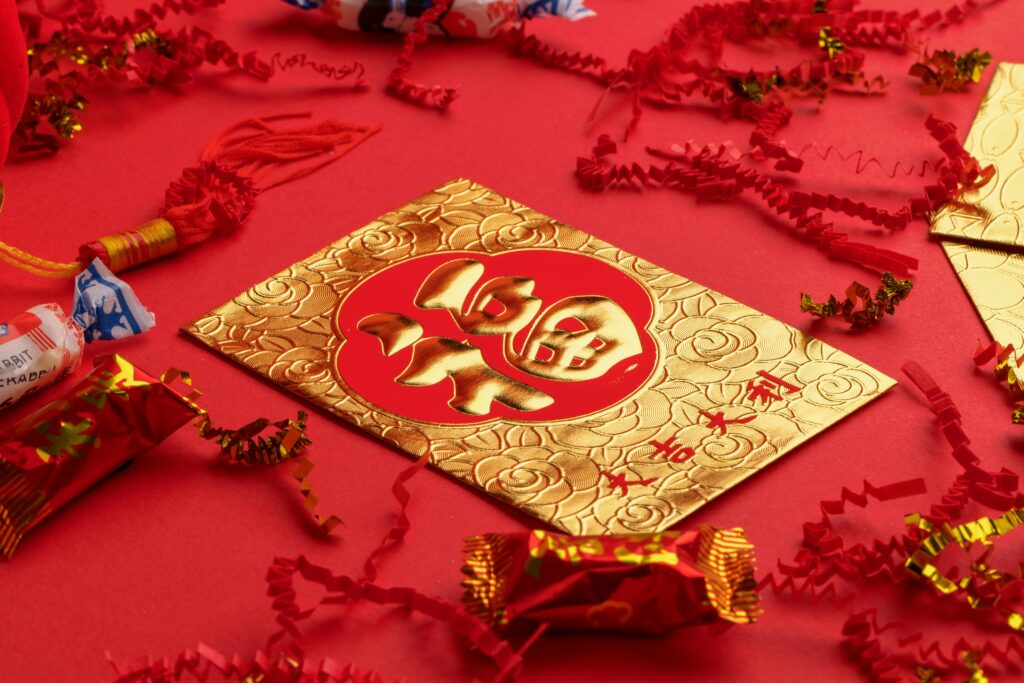
The Lunar New Year is the most important event for Chinese people worldwide. While profoundly ingrained in Chinese culture, it is also widely celebrated in Taiwan, Mongolia, Vietnam, and many other Southeast Asian countries like Singapore, Indonesia, Malaysia, Myanmar, the Philippines, and Thailand. Many symbols that we start to see around us as during Lunar New Year are deeply meaningful. Why does the colour red appear everywhere? What are the stories behind the mesmerising dragon and lion dances on the streets? These questions invite us to delve into the cultural fabric of the Lunar New Year and uncover the deeper meanings behind these beloved symbols.
1. The Colour Red
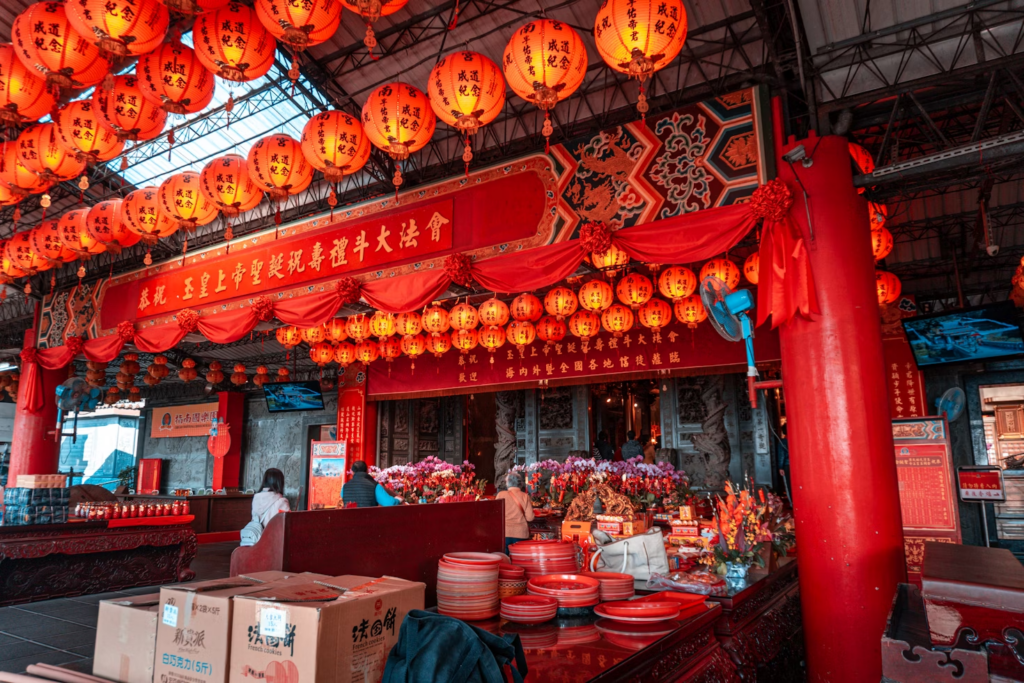
During Chinese New Year, also known as Lunar New Year and Spring Festival, the prominence of the colour red is hard to miss. It’s practically everywhere, symbolising good fortune and joy. In Chinese culture, this association with red traces back to a creature known as “Nián (年),” which supposedly wreaked havoc on an ancient village every New Year’s Day.
The villagers discovered that Nián feared the colour red, prompting them to adorn their surroundings with it as a protective measure. Beyond its mythical roots, red is deeply entrenched in Chinese tradition for its ability to usher in luck and happiness, making it a quintessential element of the festive season.
2. The Lanterns

During Chinese New Year, the streets burst with vibrant lanterns of all shapes, sizes, and colours, crafted mainly from paper or cloth. These lanterns fill the air with a festive glow, particularly on New Year’s Eve, when most are radiant red and either round or oval in shape. Adorned with intricate Chinese calligraphy in gold or black, these lanterns often carry messages of goodwill, fortune, happiness, and prosperity.
These lanterns serve a deeper cultural purpose. When hung on doors, these lanterns are believed to keep away bad spirits and bring hope and happiness as the New Year begins.
3. The Red Envelopes
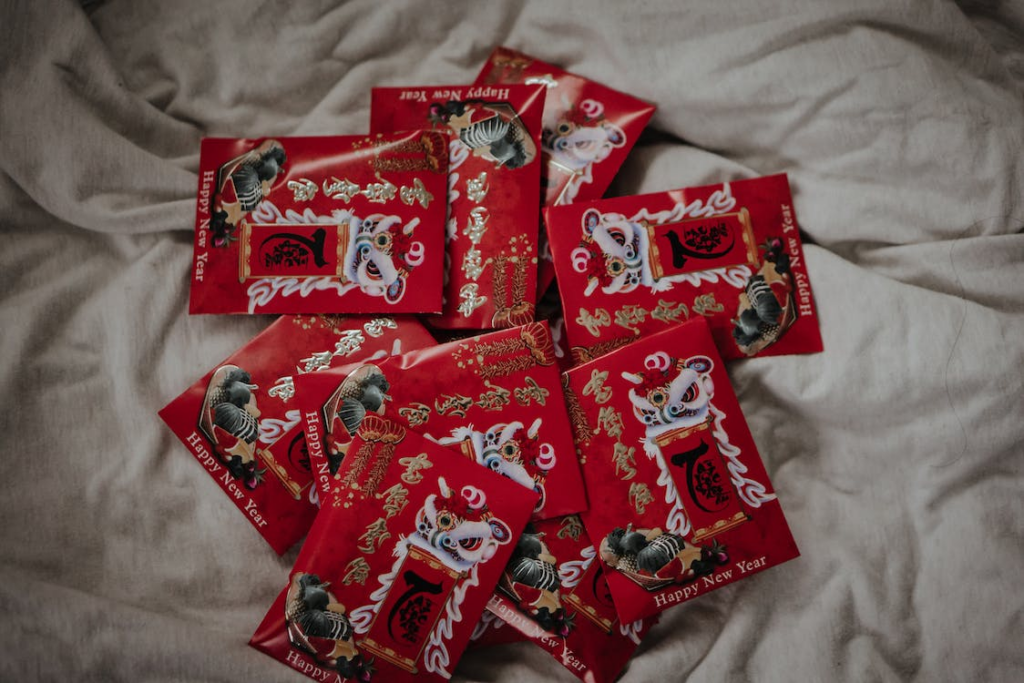
Red envelopes known as “ang pow” or “hong bao,” are a big part of Chinese New Year traditions. Usually given by older or married folks to kids and young adults, these envelopes represent a wish for good luck in the upcoming year. They believe that these red packets play a part in protecting against evil spirits and keeping the younger ones safe. It’s not just about wishing for wealth but also about giving blessings and safety to the recipients. It’s also common to give red envelopes to those in need. This act of kindness shows goodwill and charity, reflecting the spirit of community and care during Chinese New Year celebrations.
4. The Chinese Zodiac
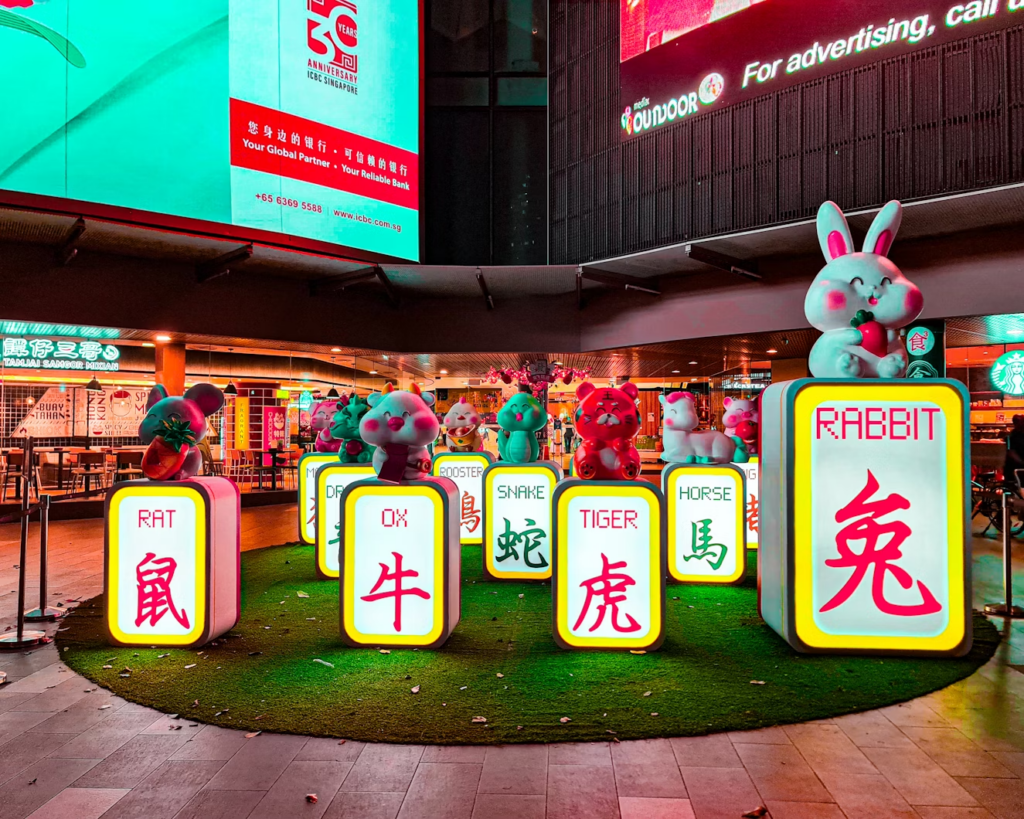
The Chinese zodiac is based on the belief that the animal linked to your birth year shapes your personality and fate. It has a 12-year cycle, with each year symbolised by a different animal: rat, ox, tiger, rabbit, dragon, snake, horse, sheep, monkey, rooster, dog, and pig. People born in a specific year are considered to inherit the characteristics of that animal.
Similar to Western astrology, each animal in the Chinese zodiac is thought to have distinct characteristics that influence many aspects of life, such as personality, relationships, and professional trajectories. This year marks the start of the Year of the Dragon, which represents power, good fortune, and prosperity. As a result, you’ll see dragons everywhere, such as in figurines, drawings and decorations.
5. The Dragon and Lion Dance
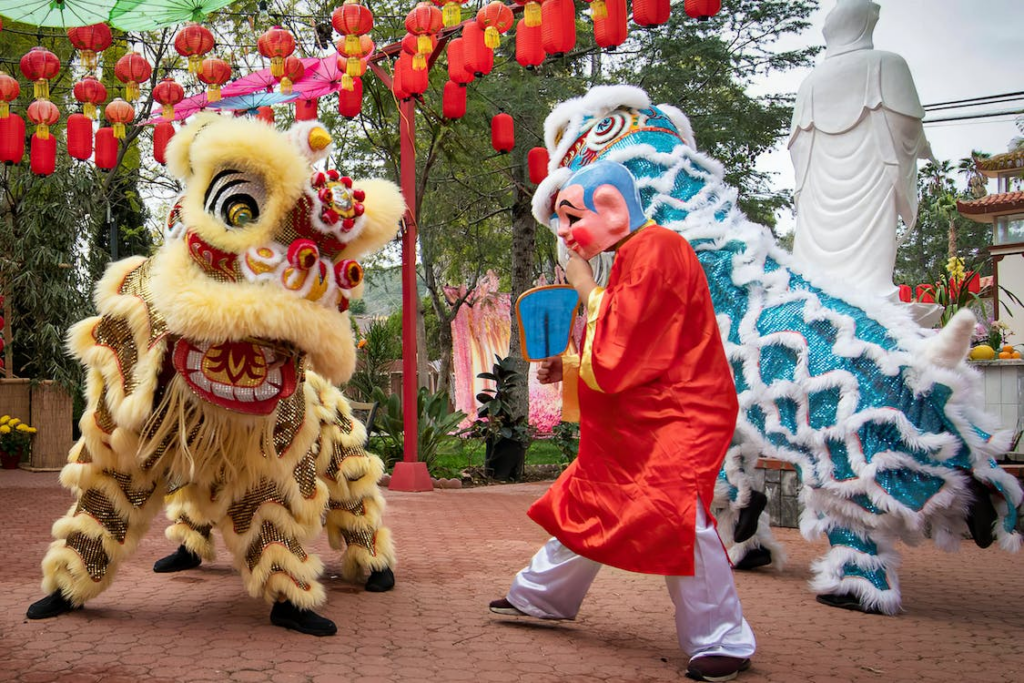
The dragon and lion dances are beloved traditions during Chinese New Year celebrations. These captivating performances often take place in street parades, shopping malls, and other public spaces. Performers in elaborate dragon costumes move gracefully, mimicking the majestic movements of mythical dragons with impressive acrobatics. Check out ‘Fun Activities for Chinese New Year in Singapore 2024.’
Accompanied by the booming sounds of drums, gongs and the crackling of firecrackers, these energetic dances serve two purposes: to ward off evil spirits and to invite prosperity, good luck, and blessings. As symbols of cultural heritage and community spirit, dragon and lion dances continue to enchant and inspire generations, fostering a sense of celebration and optimism for the year ahead.
6. The Spring Couplet
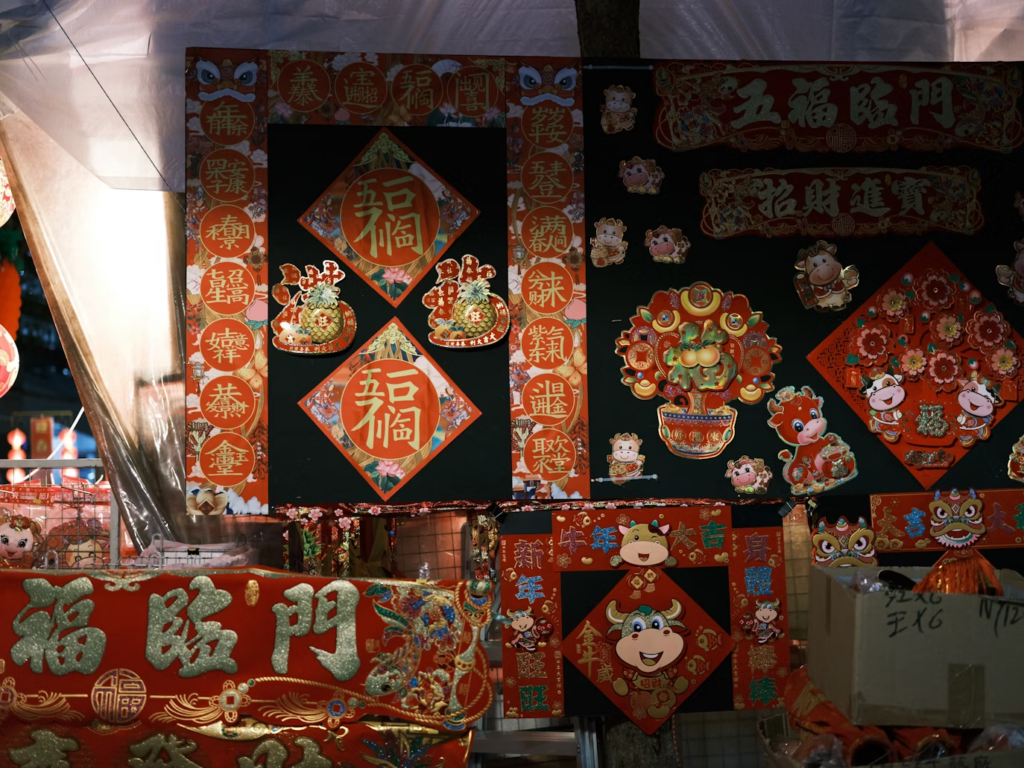
The Spring Festival couplet represents classic Chinese decoration. It consists of two lines of poetry written on red paper, prominently displayed on doors and gates during the festive season. Its purpose is to invite good fortune and keep away bad spirits. Written in classical Chinese, each line usually has seven or eight characters arranged vertically, read from right to left.
Aside from its decorative role, the couplet is a way to express hopes and wishes for the coming year. It often touches on themes like prosperity, happiness, good health, and luck, using clever wordplay and metaphors. This cherished tradition reflects people’s collective aspirations and serves as a reminder of the fresh start and promise that comes with the new year.
7. The Nian Gao and Mandarin Oranges
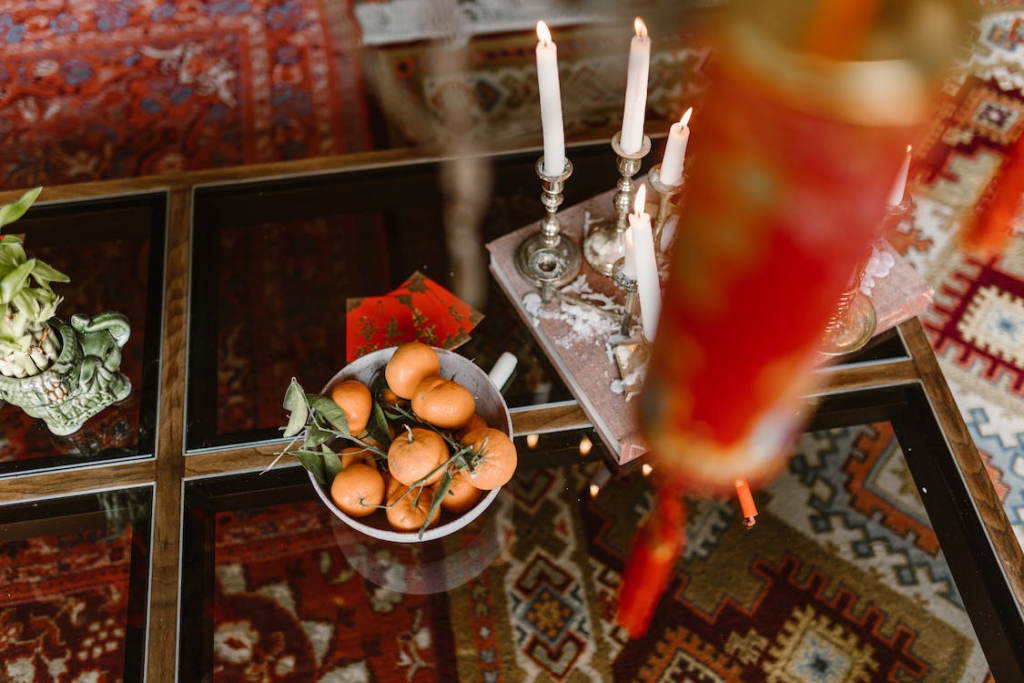
Nian gao, also known as Chinese New Year cake or pudding, is a beloved delicacy in Chinese culinary traditions, especially during Chinese New Year. “Nian” means “year” and “gao” means “cake” or “pudding” in Chinese. Made from glutinous rice flour, this treat is created by mixing the flour with water and sugar to form a thick dough, which is then steamed and sliced into pieces.
As for mandarin oranges, these citrus fruits are exchanged as gifts during Chinese New Year. In homes and businesses alike, mandarin oranges often find a place of honour, adorning bowls and baskets as decorative accents. Both nian gao and mandarin oranges are believed to bring blessings of prosperity, good health, positive energy, joy, and abundance.
8. The Chinese New Year Taboos
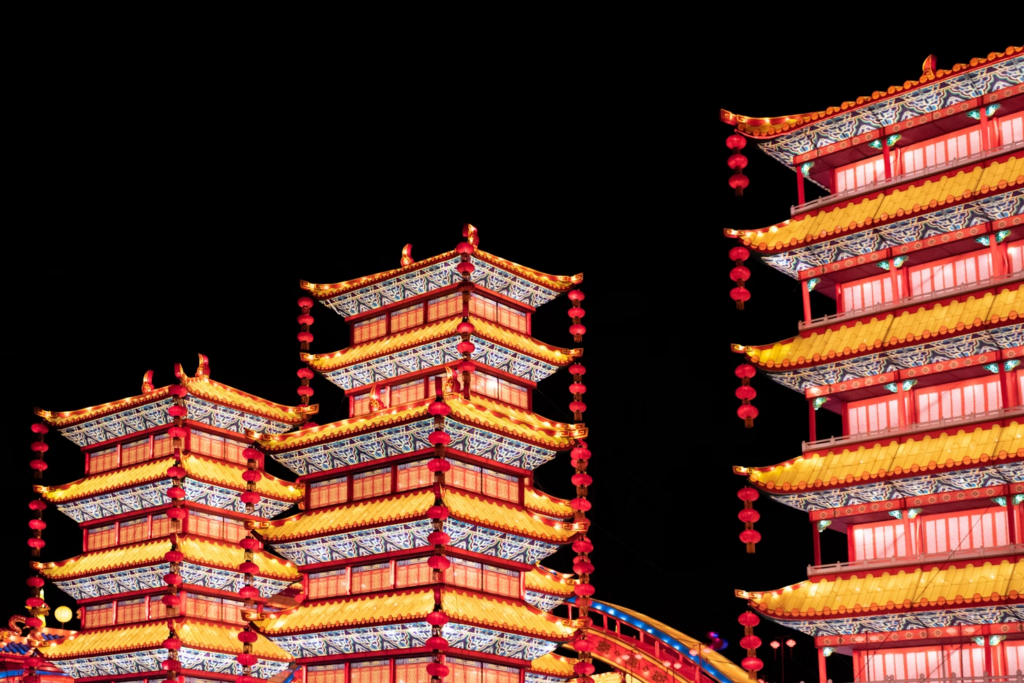
During Chinese New Year, along with the joyful customs, there are also beliefs about avoiding certain actions to ward off bad luck. While these taboos vary among families, some practices are generally avoided to prevent misfortune. For example, people avoid sweeping or cleaning because it’s thought to remove the good luck gathered during the New Year celebrations.
Furthermore, wearing damaged clothes, especially those in black or white (colours associated with funerals), is discouraged as they symbolise mourning. Similarly, giving or receiving an odd amount of money or saying unlucky words during Chinese New Year is avoided to ensure continued good luck and prosperity. These taboos, steeped in tradition, are seen as ways to protect against bad omens and maintain the positivity of the festive season.

